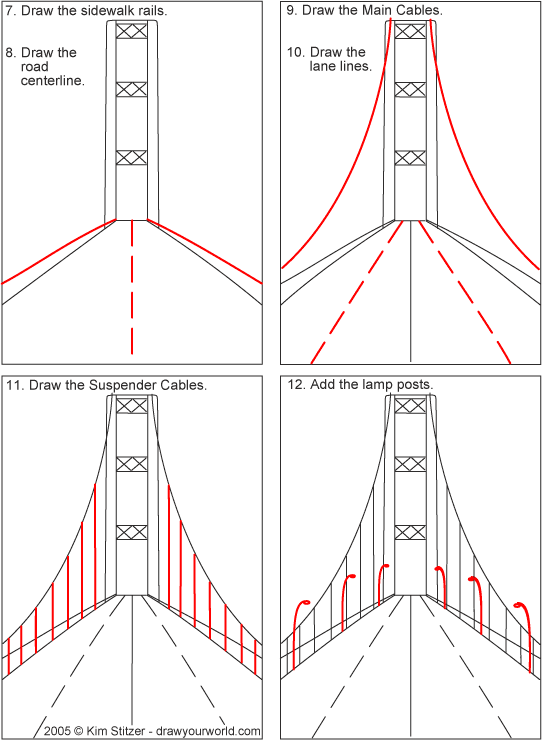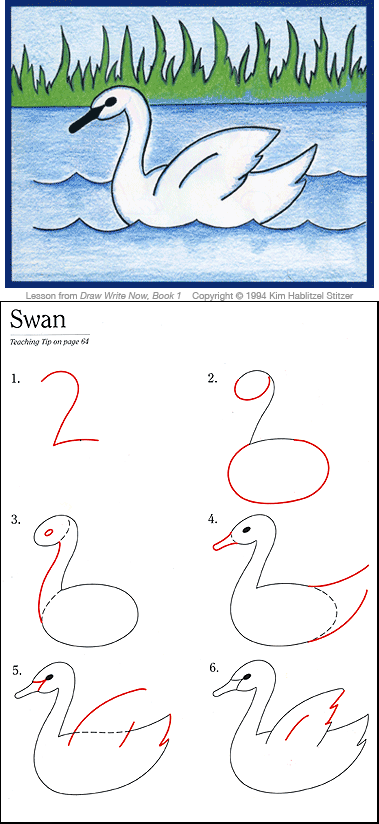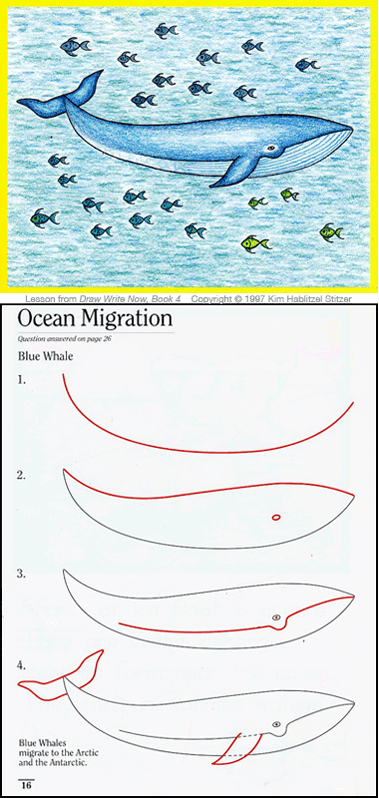Draw Write Now was created for the primary grades, ages five to nine. The lessons are used in preschools, multi-age classes, homeschools and upper elementary classes. Four year-olds and 12 year-olds enjoy doing the lessons together. They have received numerous awards.
Draw Write Now books are NOT workbooks. The series becomes a part of your home or classroom library, to be used many times. Children draw and write on their own paper or may draw and write in the Draw Write Now Workbook (a blank book.)
The Draw Write Now books are numbered 1 through 8, but may be used in any order. The numbers—Book 1, Book 2, Book 3, etc.—do NOT relate to grade level. Draw Write Now, Book 1 has the easiest lessons. If a child is confident with their drawing skills, they may start in any of the books.
Download the Swan Lesson from Draw Write Now, Book 1 and the Heron Lesson from Book 6.
Both lessons are similar, but the Heron Lesson includes more details. The lessons in Book 1 are lessons Marie used with her students at the beginning of the school year and Book 8 are lessons she gave at the end of the school year. (pdf, 5.1 MB)




















